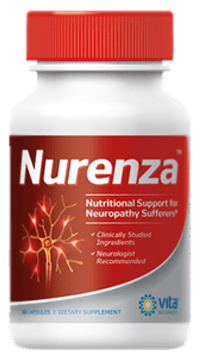Thiamine, known as vitamin B(1), plays an essential role in energy metabolism. Benfotiamine (S-benzoylthiamine O-monophoshate) is a synthetic S-acyl derivative of thiamine. Once absorbed, benfotiamine is dephosphorylated by ecto-alkaline phosphatase to lipid-soluble S-benzoylthiamine. Transketolase is an enzyme that directs the precursors of advanced glycation end products (AGEs) to pentose phosphate pathway. Benfotiamine administration increases the levels of intracellular thiamine diphosphate, a cofactor necessary for the activation transketolase, resulting in the reduction of tissue level of AGEs. The elevated level of AGEs has been implicated in the induction and progression of diabetes-associated complications. Chronic hyperglycemia accelerates the reaction between glucose and proteins leading to the formation of AGEs, which form irreversible cross-links with many macromolecules such as collagen. In diabetes, AGEs accumulate in tissues at an accelerated rate. Experimental studies have elucidated that binding of AGEs to their specific receptors (RAGE) activates mainly monocytes and endothelial cells and consequently induces various inflammatory events. Moreover, AGEs exaggerate the status of oxidative stress in diabetes that may additionally contribute to functional changes in vascular tone control observed in diabetes. The anti-AGE property of benfotiamine certainly makes it effective for the treatment of diabetic neuropathy, nephropathy and retinopathy. Interestingly, few recent studies demonstrated additional non-AGE-dependent pharmacological actions of benfotiamine. The present review critically analyzed the multifaceted therapeutic potential of benfotiamine.
(c) 2010 Elsevier Ltd. All rights reserved.
- 1Department of Pharmacology, SB College of Pharmacy, Sivakasi 626130, India. pbala2006@gmail.com

